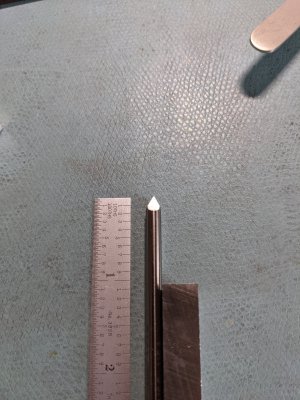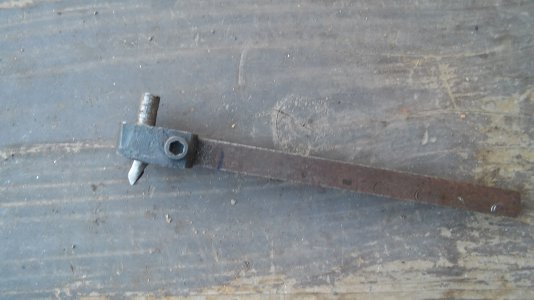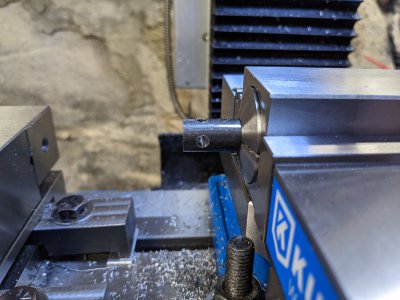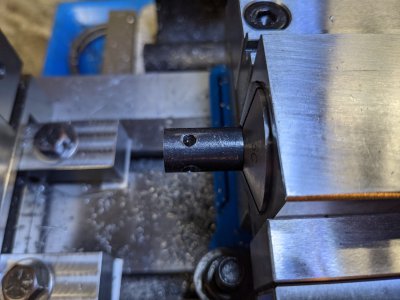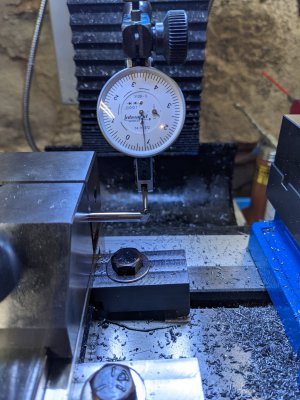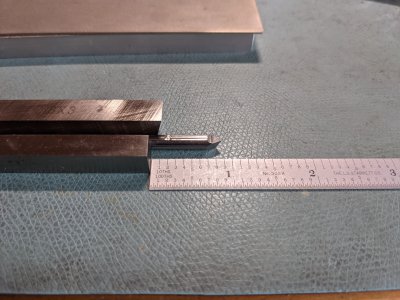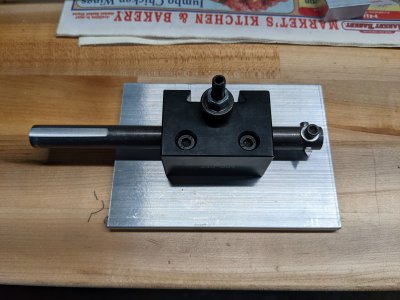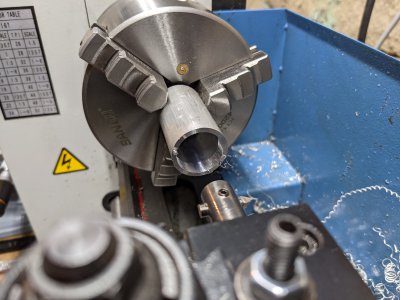- Joined
- Dec 2, 2012
- Messages
- 1,723
I agree. Don't have a grinder that can do this right now. I have a belt grinder with a rest. I've done lathe tooling with it. Also have a horrible pedestal grinder with tin foil rests. The horrible grinder has nothing solid to bolt to for a rest. The shields are made of thin sheet metal, rather than being cast. Hard to adapt. Sure I could make it work, but I think making a little boring bar like @Larry$ is a much easier task. I can grind the tooling on my belt grinder.
I tend to rough the threading bits on the grinder and final shape with bench stones.
Stu


